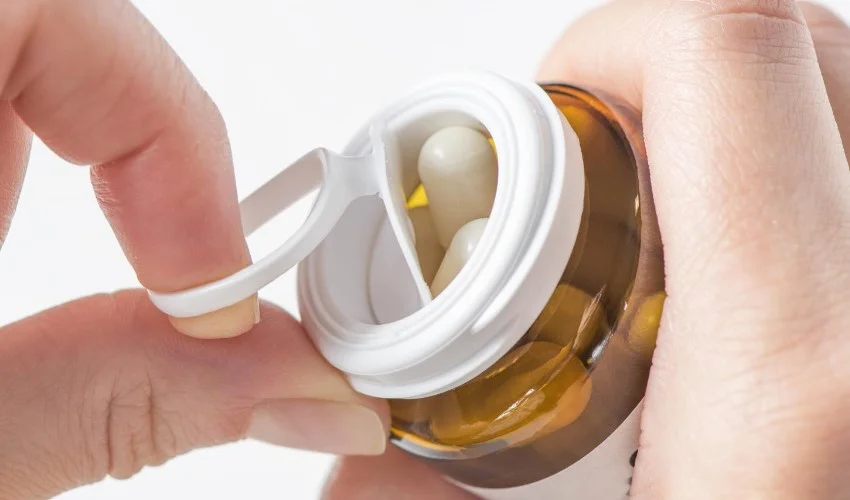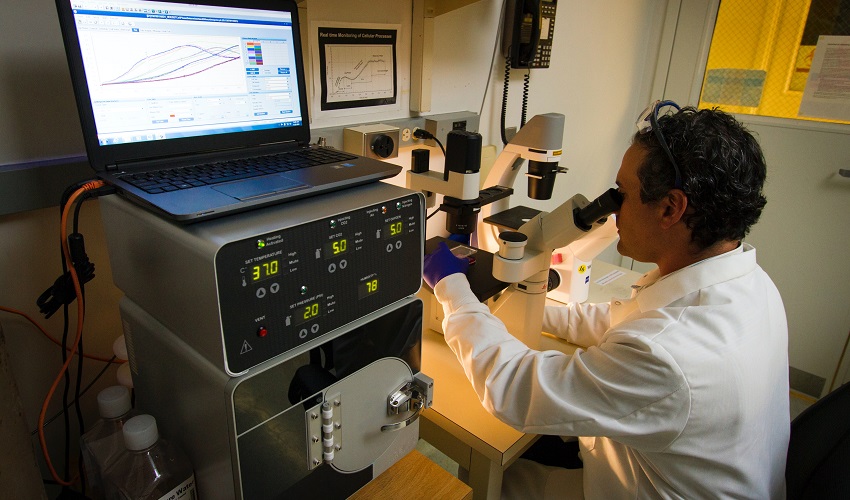Living with diabetes requires proper management, which often includes medication alongside lifestyle changes. Type 2 diabetes is a chronic condition characterized by insulin resistance or insufficient insulin production. Various medications are available to help individuals with type 2 diabetes manage their blood sugar levels effectively. This article provides an in-depth overview of common diabetes medications, explaining how they work and their role in diabetes management.
Understanding Type 2 Diabetes
Type 2 diabetes is a metabolic disorder characterized by high blood sugar levels resulting from either insulin resistance or insufficient insulin production. The pancreas produces insulin, a hormone that helps regulate blood glucose levels. In type 2 diabetes, the body’s cells become resistant to insulin or the pancreas fails to produce enough insulin. This leads to elevated blood sugar levels, which, if left uncontrolled, can cause serious health complications.
Lifestyle Modifications
Before delving into the various diabetes medications, it’s essential to emphasize the significance of lifestyle modifications in managing type 2 diabetes. These modifications include adopting a healthy diet, engaging in regular physical activity, maintaining a healthy weight (you can use a Weight Loss Calculator to track your progress), and avoiding tobacco use. Additionally, utilizing tools like the Diabetes Risk Calculator can help individuals assess their risk and take timely preventive steps. Lifestyle changes play a crucial role in diabetes management, and medication should be viewed as a complement to these changes rather than a standalone solution.
Oral Medications
Metformin Metformin
It is often the first-line medication prescribed for type 2 diabetes. It belongs to the class of drugs called biguanides and works by reducing the amount of glucose produced by the liver. Metformin also enhances insulin sensitivity, allowing the body’s cells to better utilize insulin. This medication is typically taken orally and is generally well-tolerated, with potential side effects including gastrointestinal discomfort. It is important to note that metformin should be used cautiously in individuals with impaired kidney function.
Sulfonylureas Sulfonylureas
These are a class of oral medications that stimulate the pancreas to produce more insulin. They work by increasing insulin release, helping to lower blood sugar levels. These medications are available in different forms, such as glibenclamide, gliclazide, and glimepiride. Side effects may include hypoglycemia (low blood sugar), weight gain, and gastrointestinal disturbances.
DPP-4 Inhibitors
DPP-4 inhibitors, or dipeptidyl peptidase-4 inhibitors, work by blocking the enzyme DPP-4, which breaks down the hormone incretin. By inhibiting DPP-4, these medications prolong the action of incretin, which promotes insulin release and reduces the production of glucagon (a hormone that increases blood sugar levels). Commonly prescribed DPP-4 inhibitors include sitagliptin, saxagliptin, and linagliptin. Side effects may include upper respiratory tract infections and joint pain.
SGLT2 Inhibitors
SGLT2 inhibitors, short for sodium-glucose cotransporter-2 inhibitors, work by inhibiting the reabsorption of glucose in the kidneys. As a result, excess glucose is excreted through urine, leading to lowered blood sugar levels. These medications also have a mild diuretic effect, promoting a modest reduction in blood pressure. Canagliflozin, dapagliflozin, and empagliflozin are common SGLT2 inhibitors. Side effects may include increased urination, urinary tract infections, and genital yeast infections.
Thiazolidinediones (TZDs)
Thiazolidinediones, also known as TZDs or glitazones, work by reducing insulin resistance in the body’s cells. They activate a specific receptor called PPAR-gamma, which improves insulin sensitivity. TZDs, such as pioglitazone and rosiglitazone, are typically used as second- or third-line medications due to their potential side effects, which may include weight gain, fluid retention, and an increased risk of heart failure.
GLP-1 Receptor Agonists
GLP-1 receptor agonists mimic the action of the hormone GLP-1, which is released from the gut after a meal. These medications stimulate insulin secretion, reduce glucagon production, slow gastric emptying, and promote a feeling of fullness. They can be injected or taken orally. Examples of GLP-1 receptor agonists include exenatide, liraglutide, and dulaglutide. Side effects may include nausea, vomiting, and diarrhea.
Injectable Medications
Insulin Therapy
Insulin is a hormone that helps regulate blood sugar levels by allowing glucose to enter cells for energy. In type 2 diabetes, insulin therapy may be necessary when oral medications are no longer effective in controlling blood sugar levels. Various types of insulin are available, including rapid-acting, short-acting, intermediate-acting, and long-acting insulin. Insulin is injected subcutaneously, and the dosage and timing depend on individual needs. Hypoglycemia, weight gain, and injection site reactions are potential side effects of insulin therapy.
GLP-1 Receptor Agonists (Injectable)
As mentioned earlier, GLP-1 receptor agonists can be administered through injections. They not only stimulate insulin secretion but also suppress glucagon production and slow down digestion. GLP-1 receptor agonists are often prescribed alongside oral medications or insulin therapy. Their side effects are generally mild and may include gastrointestinal symptoms and injection site reactions.
| Medication Class | Mechanism of Action | Examples | Potential Side Effects |
|---|---|---|---|
| Metformin | Reduces glucose production in the liver | Metformin | Gastrointestinal discomfort |
| Sulfonylureas | Stimulates insulin release from the pancreas | Glibenclamide, Gliclazide, Glimepiride | Hypoglycemia, weight gain, gastrointestinal disturbances |
| DPP-4 Inhibitors | Prolongs the action of incretin hormones | Sitagliptin, Saxagliptin, Linagliptin | Upper respiratory tract infections, joint pain |
| SGLT2 Inhibitors | Inhibits glucose reabsorption in the kidneys | Canagliflozin, Dapagliflozin, Empagliflozin | Increased urination, urinary tract infections, genital yeast infections |
| Thiazolidinediones (TZDs) | Improves insulin sensitivity in cells | Pioglitazone, Rosiglitazone | Weight gain, fluid retention, increased risk of heart failure |
| GLP-1 Receptor Agonists | Stimulates insulin release and reduces glucagon production | Exenatide, Liraglutide, Dulaglutide | Nausea, vomiting, diarrhea |
| Insulin Therapy | Replaces or supplements natural insulin | Rapid-acting, Short-acting, Intermediate-acting, Long-acting insulin | Hypoglycemia, weight gain, injection site reactions |
Proper management of type 2 diabetes involves a combination of lifestyle modifications and medications. Each medication class works in different ways to help control blood sugar levels. Metformin, sulfonylureas, DPP-4 inhibitors, SGLT2 inhibitors, TZDs, and GLP-1 receptor agonists are commonly prescribed oral medications, while insulin therapy and injectable GLP-1 receptor agonists are additional treatment options. It’s important to work closely with healthcare professionals to determine the most suitable medication regimen based on individual needs and considerations.




